The Detroit Red Wings organization was seen as a powerhouse and a perennial contender throughout the 1990s, making the Stanley Cup Final in 1995, 1997, and 1998. Many players had been brought in throughout the 90s though to help build them into the contender and championship-winning team that they were. So how were these players all brought to Detroit to play for the “Winged Wheel”?
Trades
In June 1992, then-general manager (GM) Bryan Murray acquired forward Dino Ciccarelli from the Washington Capitals for Kevin Miller. Even though he did not make it with the Red Wings when they won back-to-back Stanley Cups in 1997 and 1998, he was a vital part of the organization.
During four seasons with the Red Wings, the now Hall of Famer added an extra layer of grit and protection for the top-tier players, such as captain Steve Yzerman. Ciccarelli also added production in the offensive zone with 107 goals and 133 assists for a total of 240 regular season points along with 32 playoff points before getting moved to the Tampa Bay Lightning prior to the 1996-97 season.
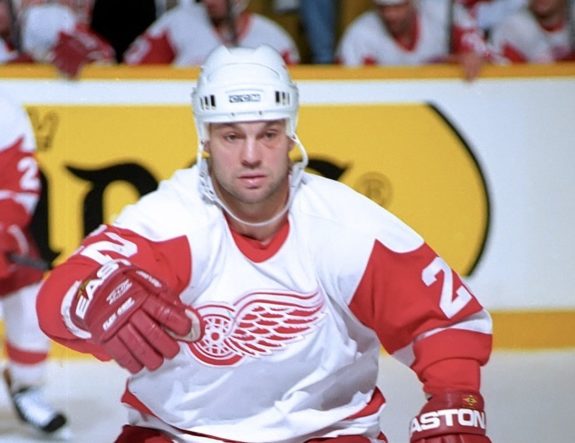
Murray’s next move was another one that did not pay off while the player was in Detroit, but eventually gave the Red Wings a key piece to their organization for years to come. In January 1993 he swung a deal with the Los Angeles Kings, trading Jimmy Carson, Marc Potvin and Gary Shuchuk to the Kings for Paul Coffey, Sylvain Couturier and Jim Miller.
Related: Dino Ciccarelli: From Undrafted to Underrated Hall of Fame Legend
In parts of four seasons with the Red Wings, Coffey aided in the mentorship of younger players such as Nick Lidstrom, and Vladimir Konstantinov, among others. He also added veteran leadership to a young team that was on the upswing. He totaled 46 goals, and 193 assists for 239 regular season points before being traded to the Hartford Whalers prior to the 1996-97 season.
The most lopsided and well-known trade that Murray made as GM of the Red Wings was when he made the trade for Kris Draper from the Winnipeg Jets in June 1993. He acquired Draper for “future considerations” which turned into a grand total of one dollar. He went on to play a vital role in the Red Wings lineup on the “Grind Line” and was known as one of the best faceoff guys in the league during his career. He ended up playing a total of 17 seasons with the team before retiring.
Once Murray moved on from the GM spot with the Red Wings in 1994, Jim Devellano and head coach Scotty Bowman shared the reins. The first big move that this duo made was trading for future Hall of Famer and Conn Smythe winner Mike Vernon. They acquired him from the Calgary Flames for Steve Chiasson in June 1994. He was with the team from the 1994-95 season to the 1996-97 season and put up a combined regular season record of 43-24 with a goals-against average (GAA) of 2.39. In the 1997 Playoffs, he carried the workload in net going 16-4 with 1.76 GAA en route to winning the Conn Smythe and becoming a Stanley Cup winner.
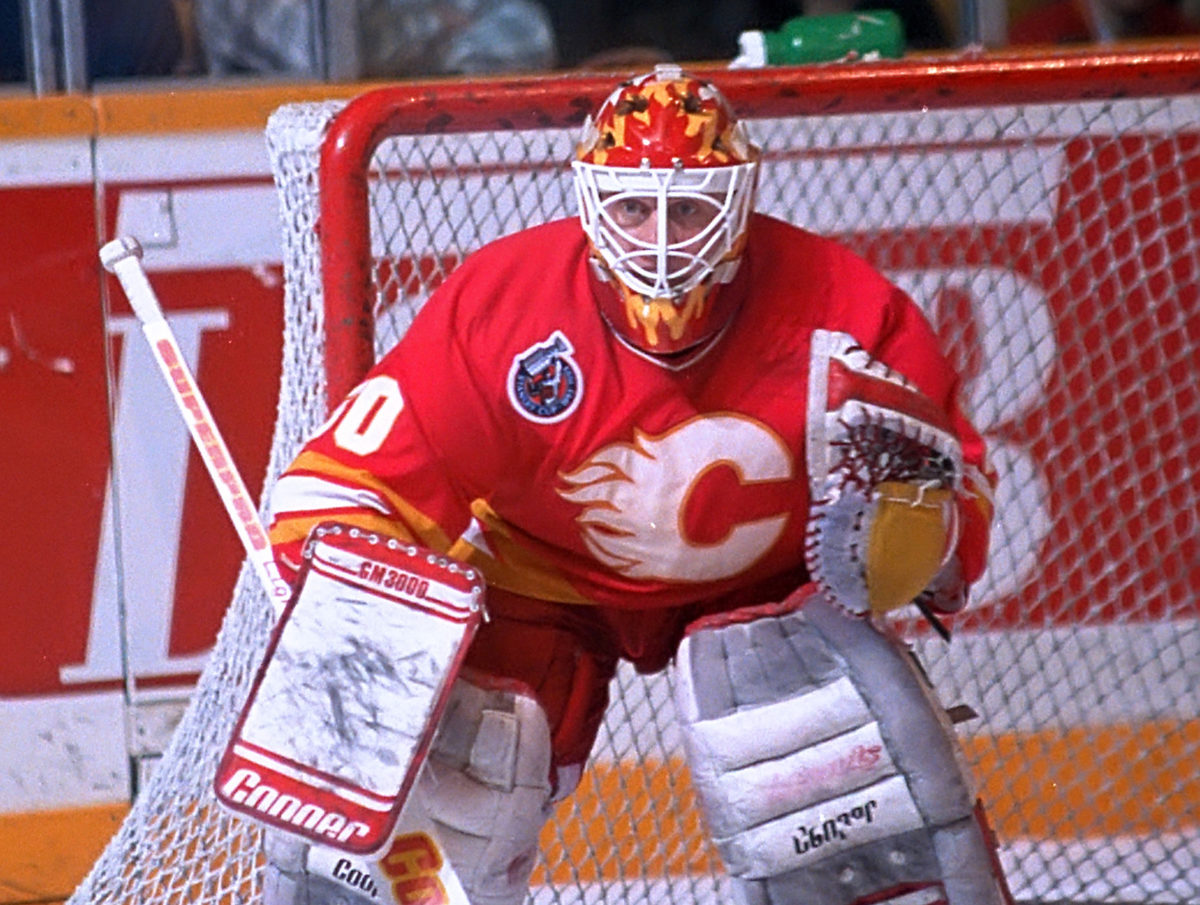
In April 1995, Bowman and Devellano acquired one of the players of the “Russian Five”, defenseman Vyacheslav Fetisov, from the New Jersey Devils for a 1995 fifth-round pick. He was another veteran that added a big, physical presence on the defensive side for the Red Wings and played and big role in the team’s success before retiring after the 1997-98 season.
Almost a year and a half later, the Red Wings added another piece to the “Russian Five”, acquiring the man known as “The Professor”, Igor Larionov. They added him via trade with the San Jose Sharks, giving the Sharks Ray Sheppard. Known as a shifty player, he added another layer of skill and impacted the team in numerous aspects on the ice which included being in Detroit from 1995-2000 and returning in 2000-2003, winning three Stanley Cups in the process.
The biggest move that the regime of Devellano and Bowman made came at the beginning of the 1996-97 season. With the Red Wings feeling the pressure to finally make the jump from contender year in and year out to a Stanley Cup winner, they went out and acquired forward Brendan Shanahan from the Whalers. In the deal, Detroit sent Coffey, young forward Keith Primeau, and a first-round draft pick in 1997 to Hartford. He added a level of skill and grit that the team had sorely lacked in the past and played a major role in the success of the Red Wings for years, playing for the team from 1996-2006.
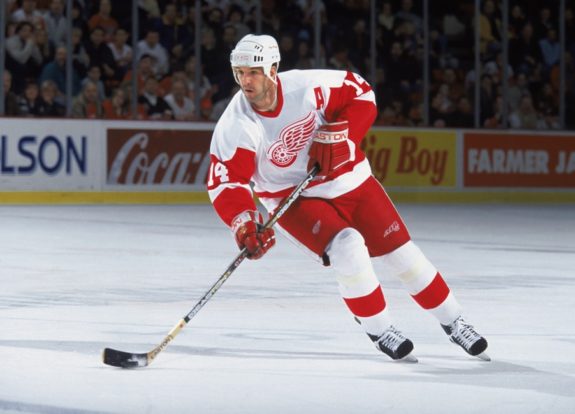
In his time with Detroit, “Shanny” put up 309 goals (ninth in Red Wing history), 324 assists, and 633 regular season points, while adding 33 goals, and 41 assists for a total of 74 postseason points. He was also part of three Stanley Cup championships.
Draft Picks
The Red Wings as an organization have a great history of drafting players, and the 90s was no different and can be looked at as some of the best drafting that the NHL has ever seen.
It initially started with the Red Wings taking Yzerman fourth overall in the 1983 Draft. He became one of the top players in the NHL for numerous years and earned himself the nickname “The Captain” after being the team’s captain for 20 seasons. In his time in Detroit, he recorded 692 goals (second in Red Wings history), and 1,063 assists (first) for a total of 1,755 regular season points (second).
Fast forward to 1989, when the Red Wings drafted three players who became vital parts of their success in the 90s. In the third round, they took Swedish defenseman Nick Lidstrom. He became one of, if not the best defenseman in the history of the NHL while being the first Swedish-born captain to win a Stanley Cup.
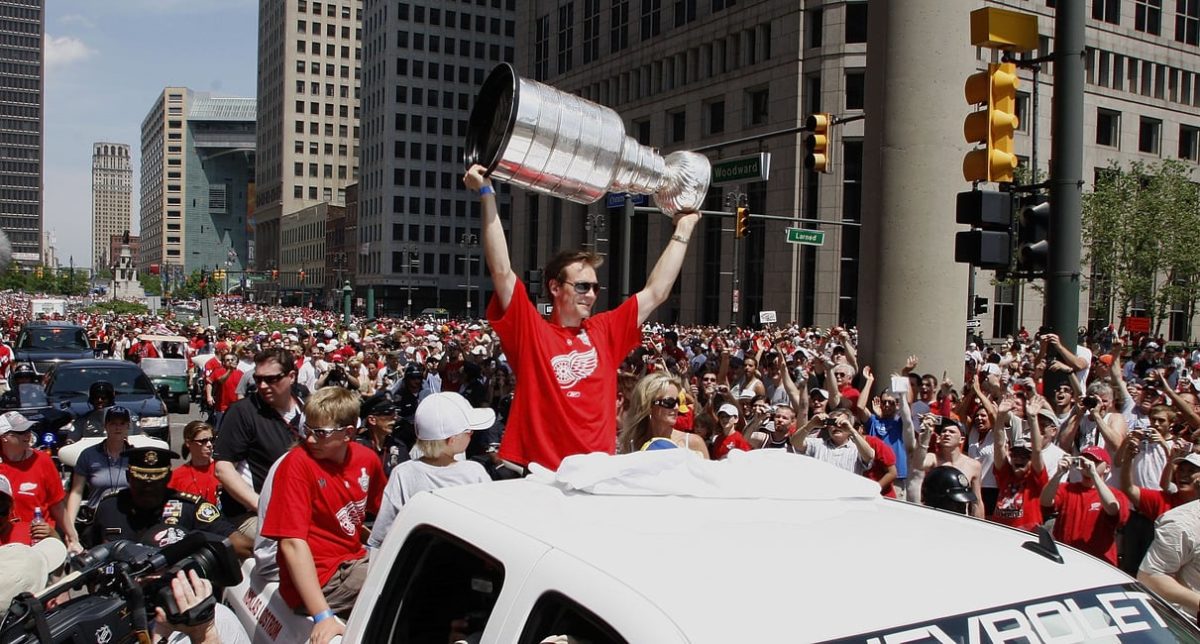
Throughout his time in Detroit, the “Perfect Human” put up a total of 1,142 points in the regular season with a staggering plus-450 plus/minus in his career. Along with this came six Norris Trophies for best defenseman in the NHL. Lidstrom proved to be a great mentor and leader throughout his career as well.
In the fourth round of the same draft, the Red Wings drafted Russian forward Sergei Fedorov. He made an immediate impact on the ice, scoring 31 goals, and 48 assists for a total of 79 points in his rookie season. He proved to be a great two-way player, being able to slide to the back end when needed. His goal scoring gave the team a much-needed boost throughout his career. In his time in Detroit, he put up a total of 400 goals, 554 assists, and 954 regular season points, while adding another 50 goals, 113 assists, and 163 points in the playoffs. He is looked at as one of the best Russian-born NHL players of all time, along with one of the best Red Wings of all time as well.
Lastly from the 1989 Draft was defenseman Vladimir Konstantinov, who was taken in the 11th round. He was a physical presence on the ice that put fear into every player on the ice. Unfortunately, his career was cut short after the 1996-97 season, when he was in a limo accident that left him physically unable to play in the NHL anymore.
Two years later, in the 1991 Draft, the Red Wings selected goalie Chris Osgood in the third round. He went on to help backstop the back-to-back Stanley Cups and was the lead guy in the 1998 and 2008 Stanley Cup runs. During his time in Detroit “Ozzy” went 317-149 in the regular season and is seen as one of the top goaltenders that is not in the Hall of Fame to date.
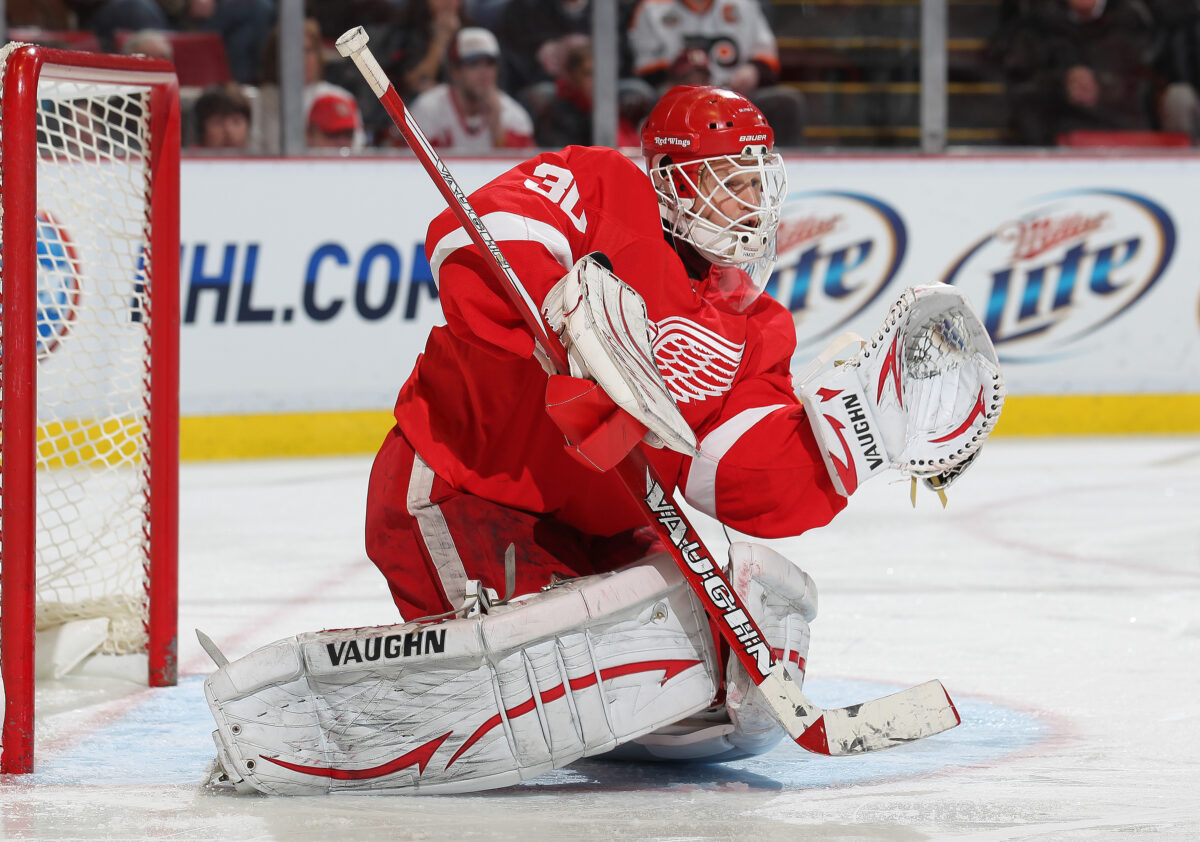
Overall, the moves that were made throughout the 1980s and 1990s built quite the dynasty for the Red Wings organization and produced multiple Hall of Fame players when it was all said and done. It also helped set the organization up for success for years to come into the late 2000s.
